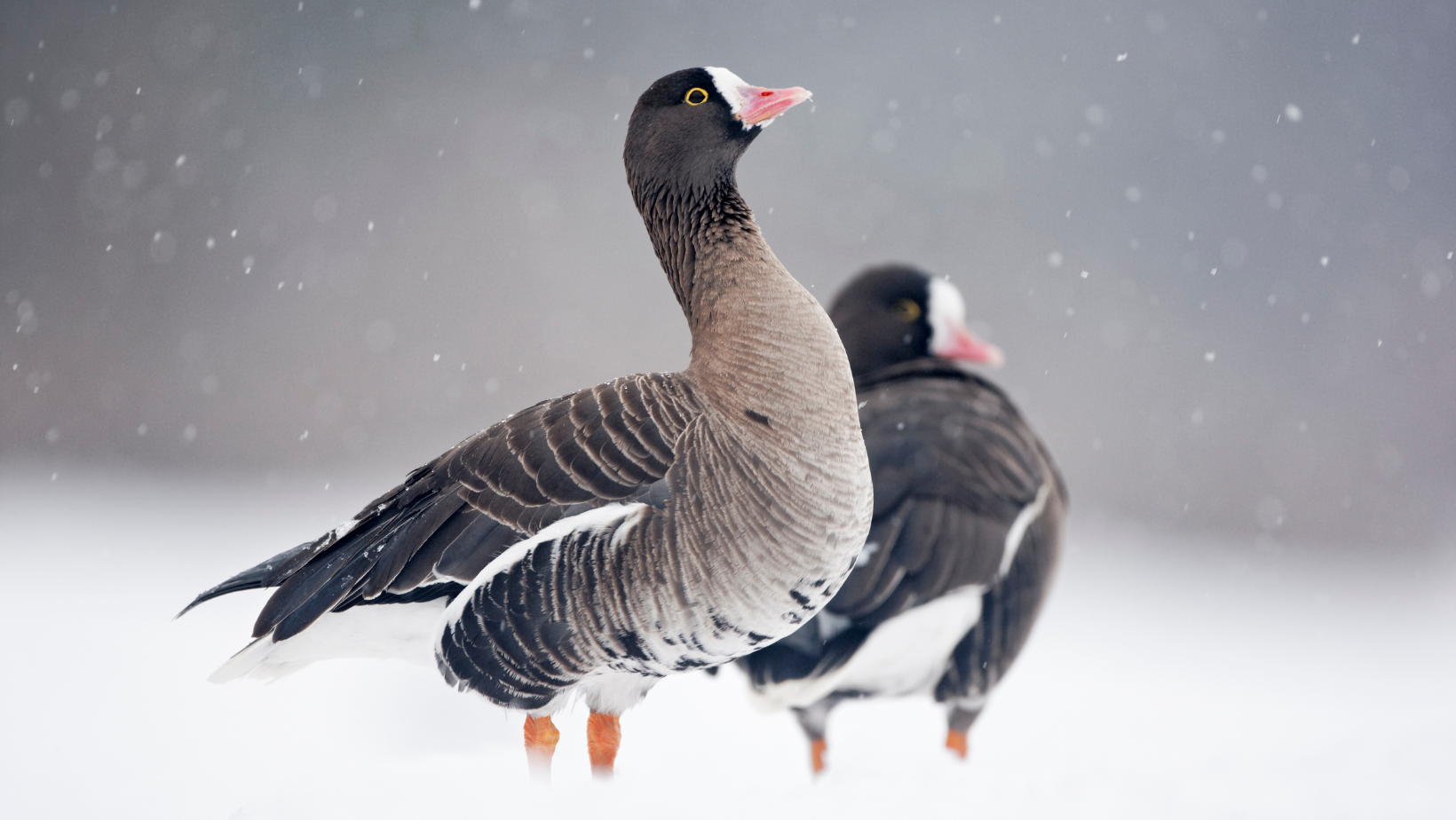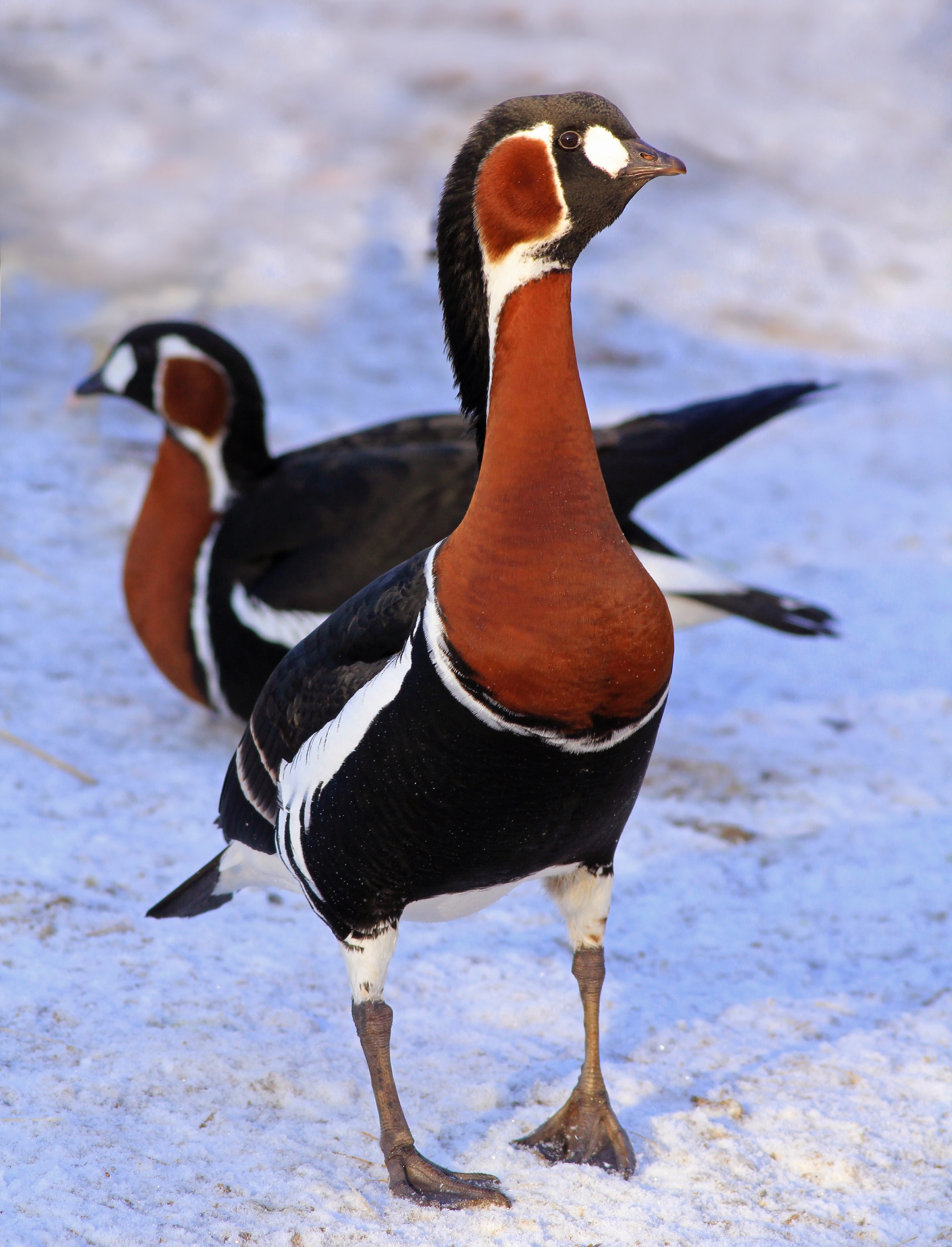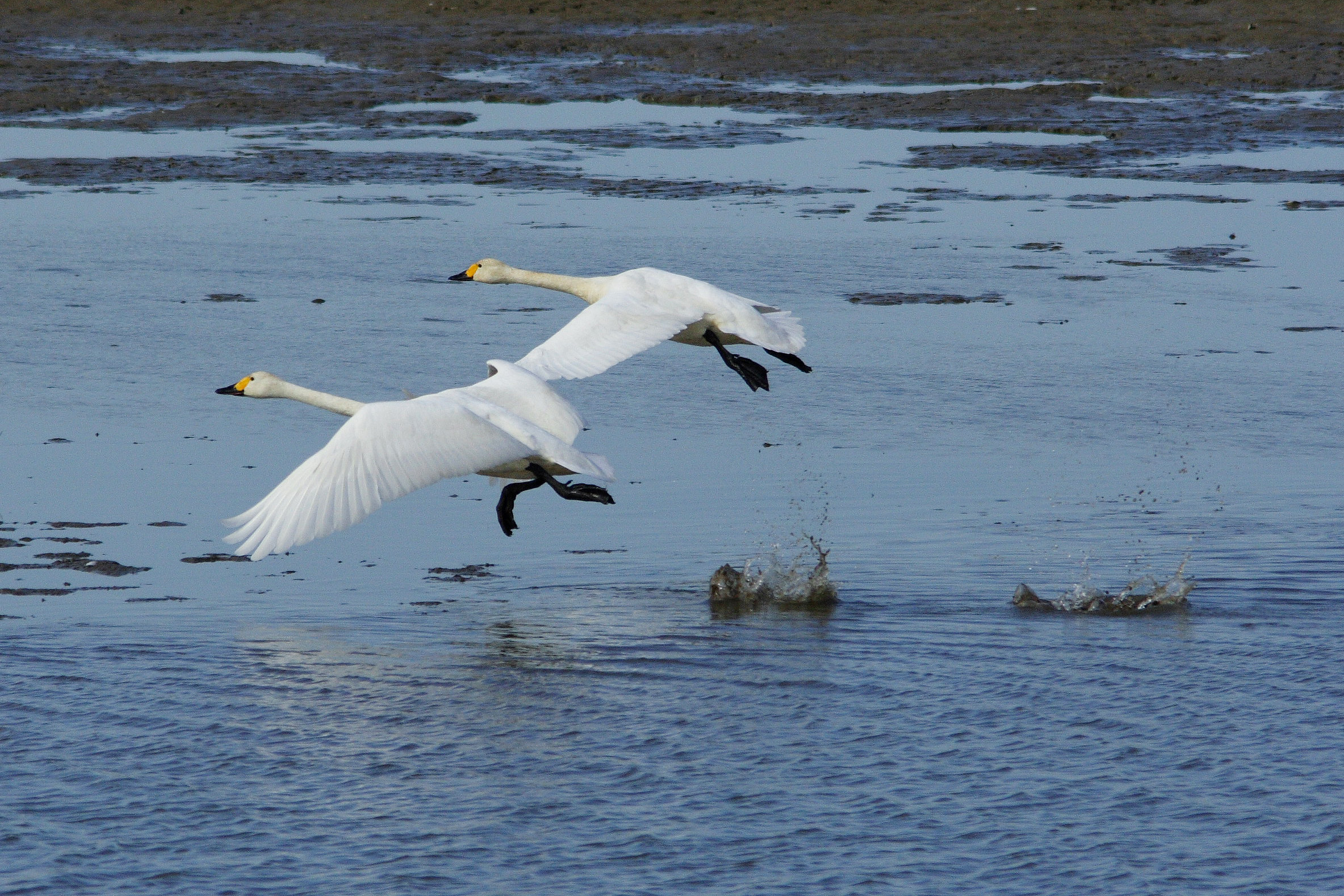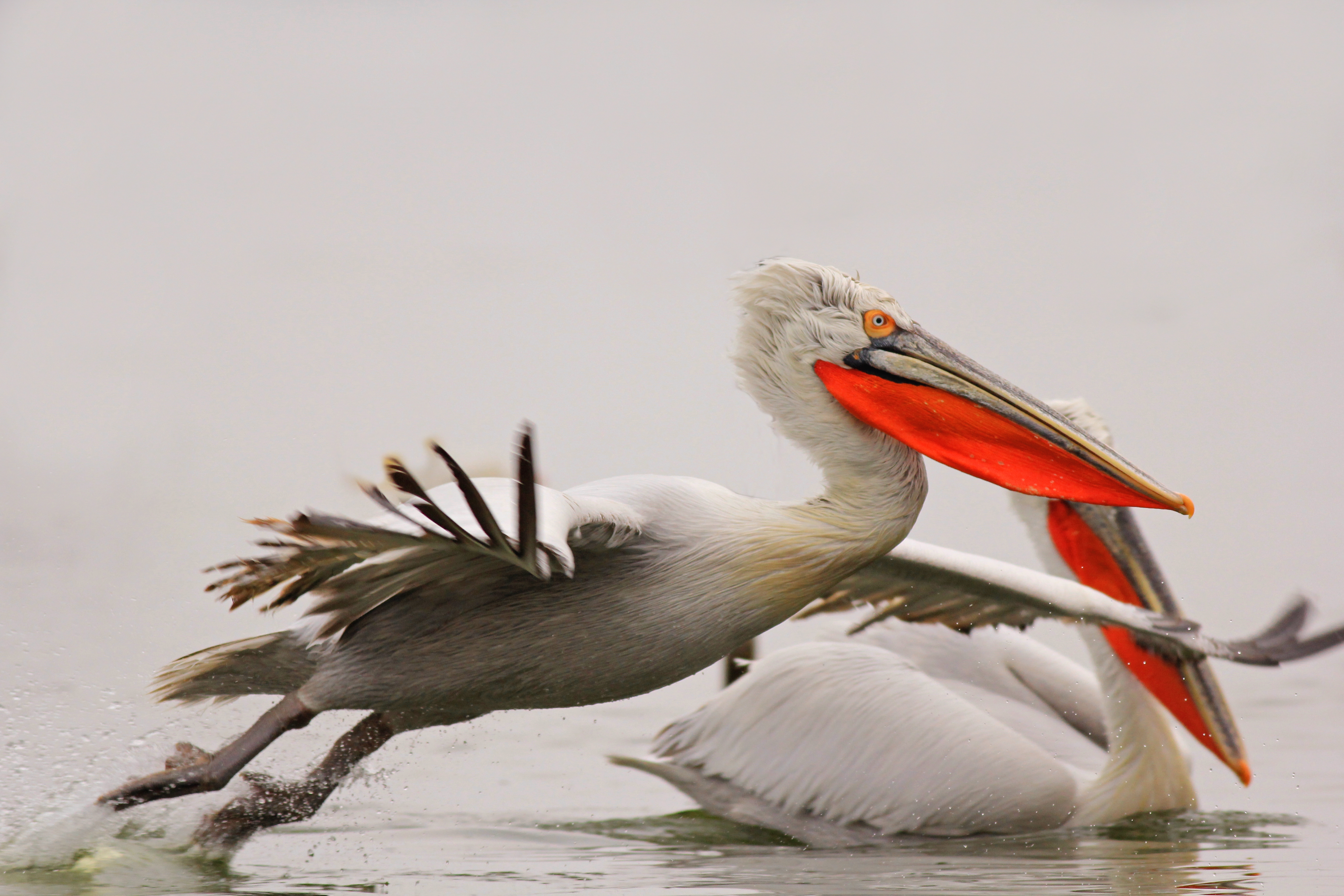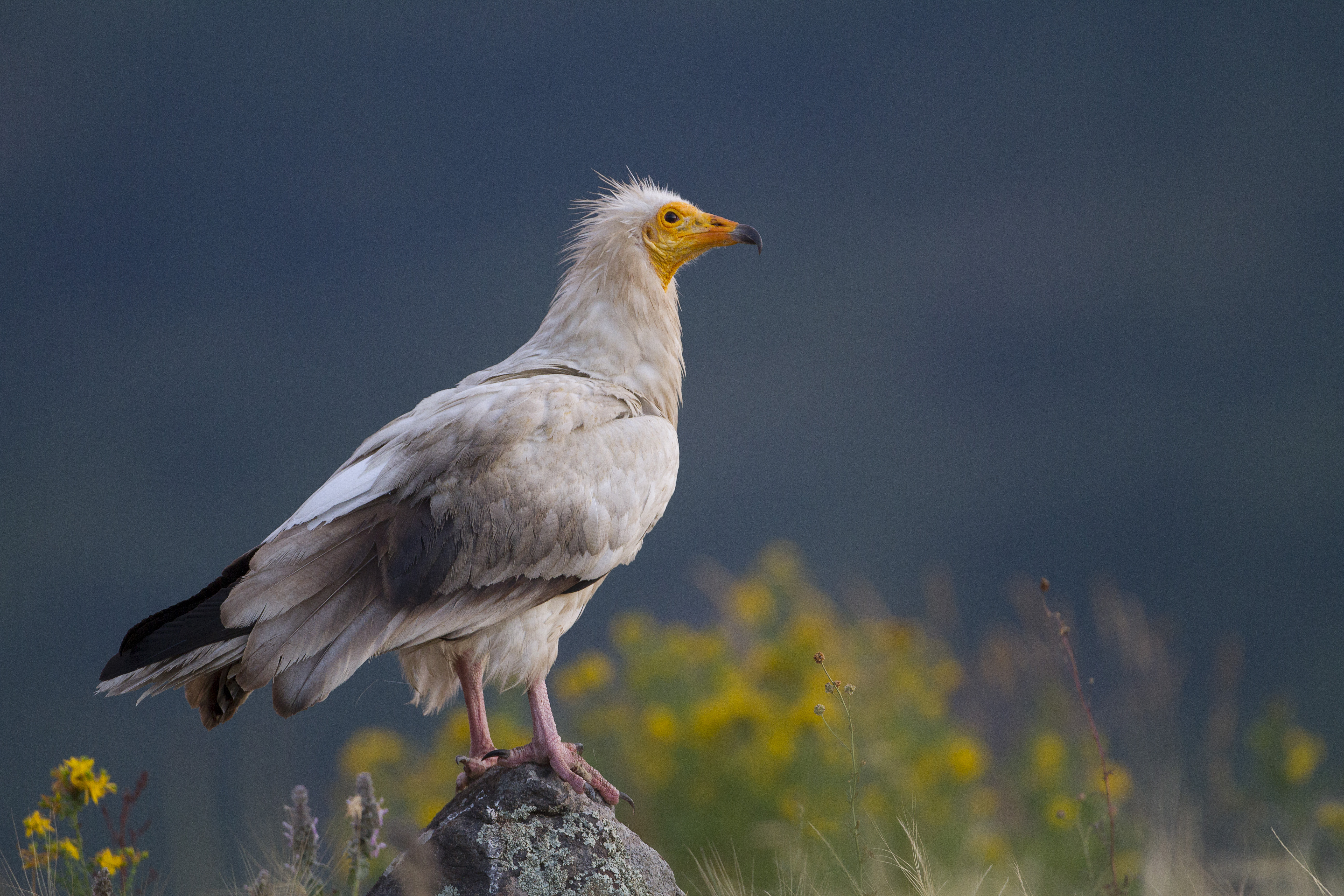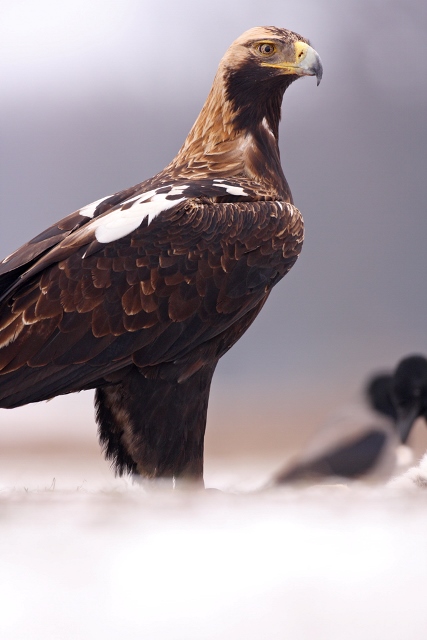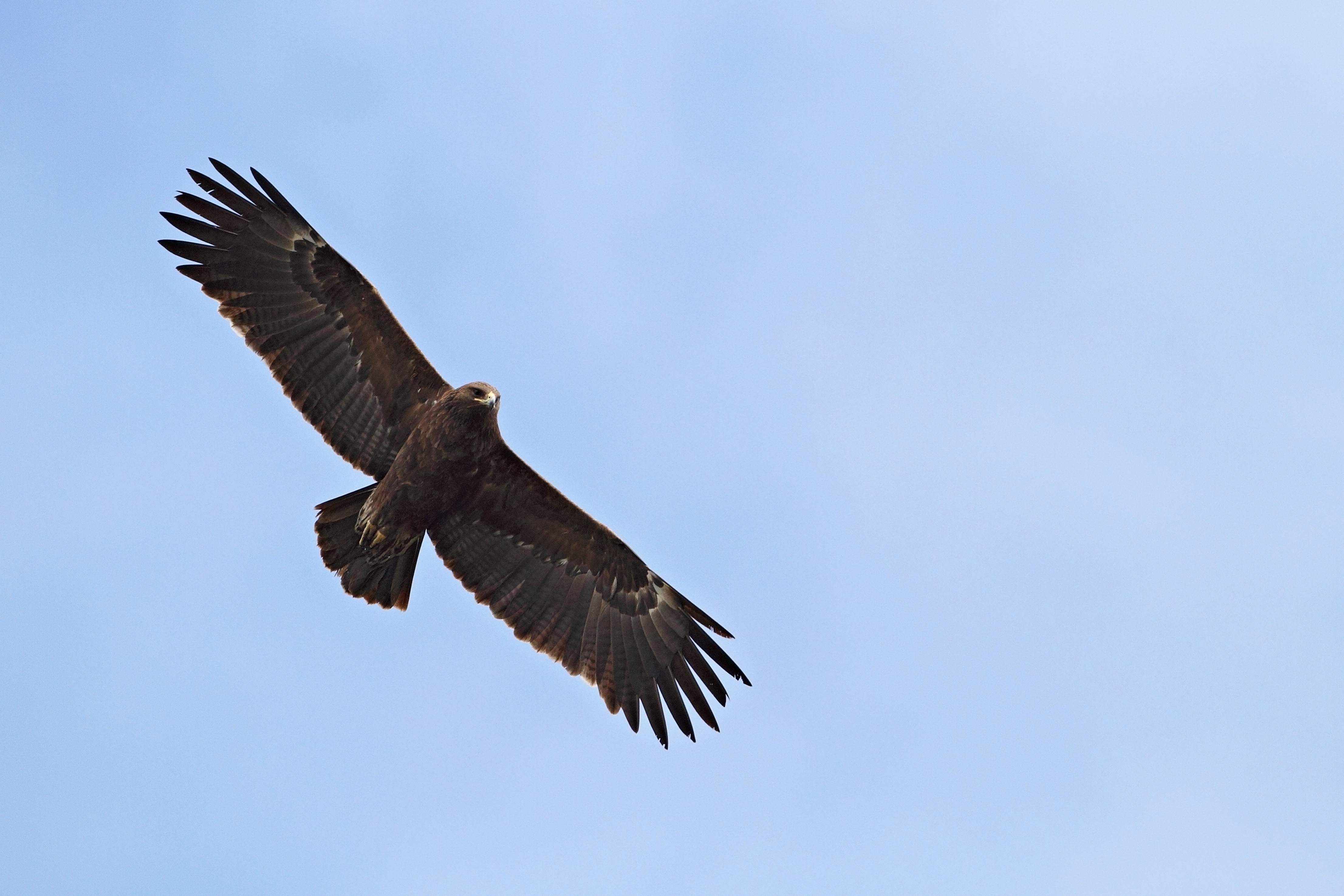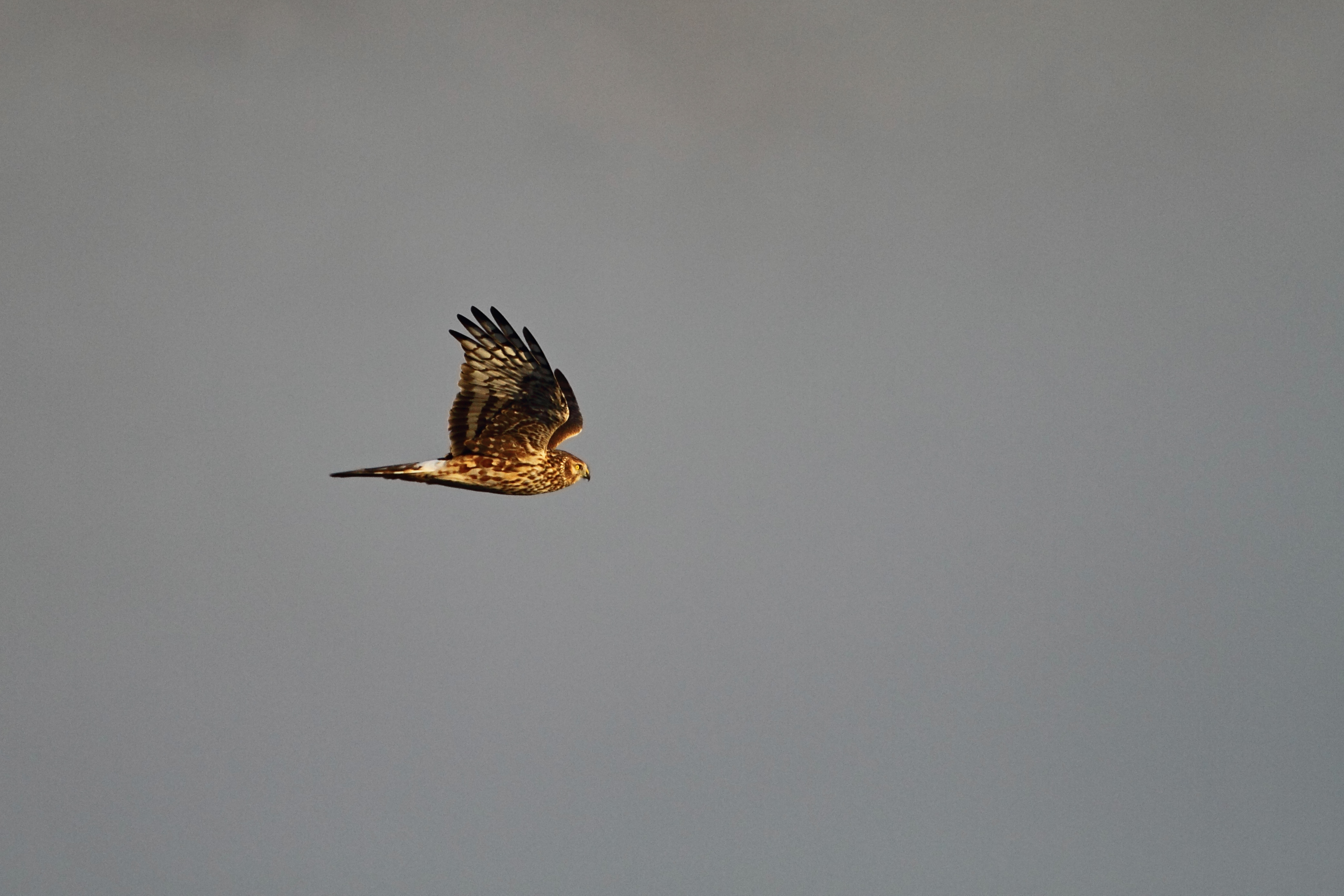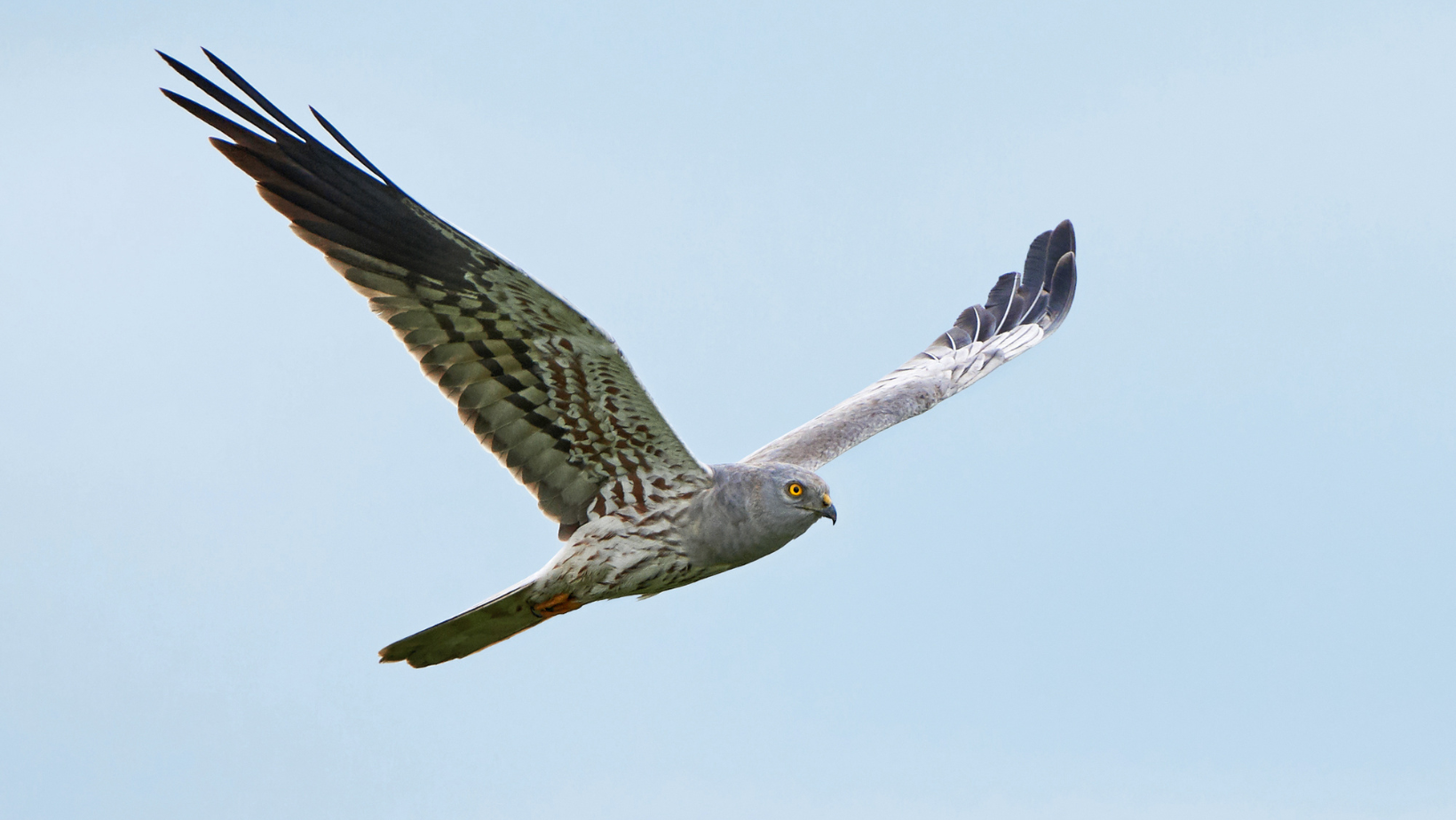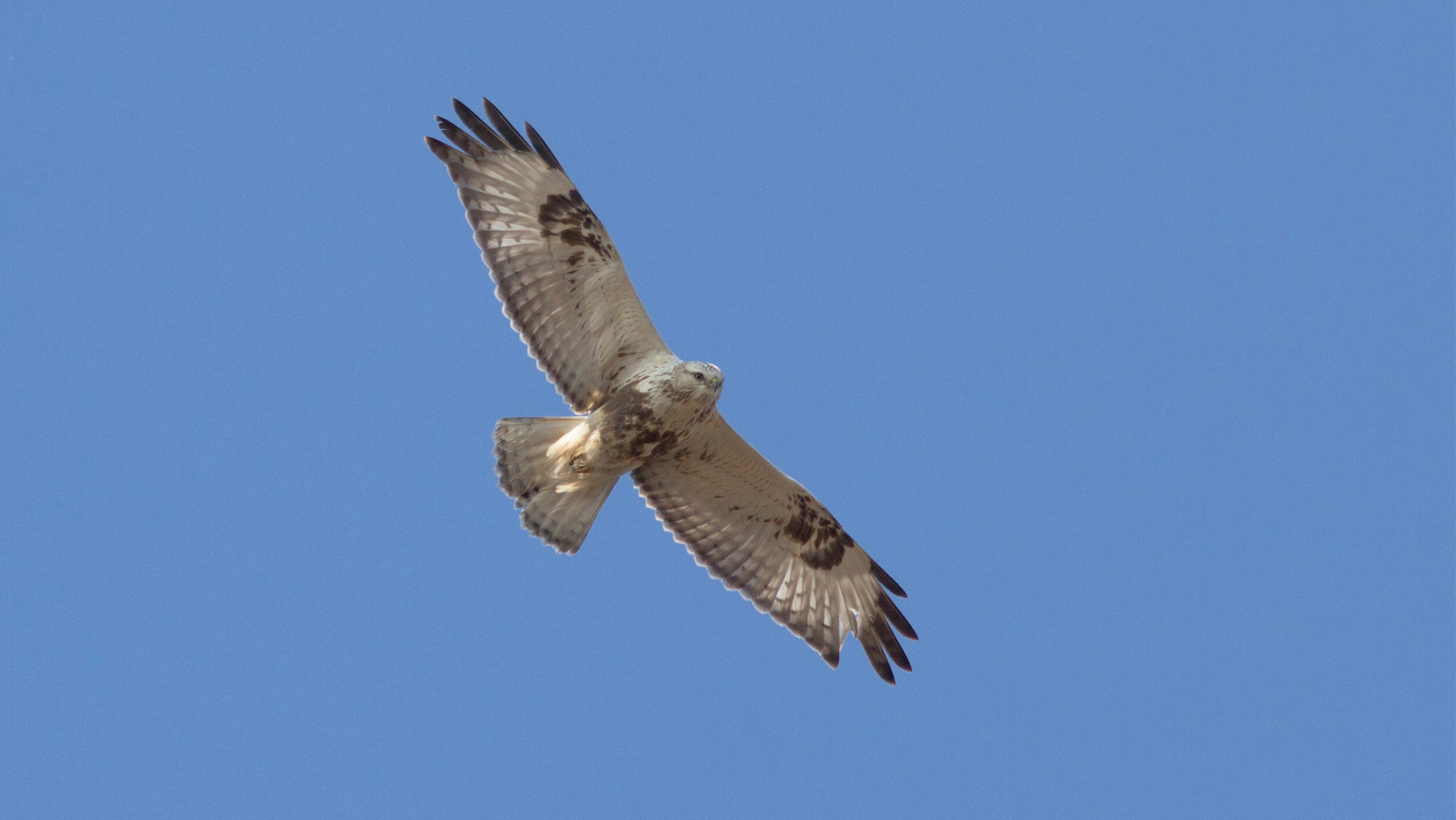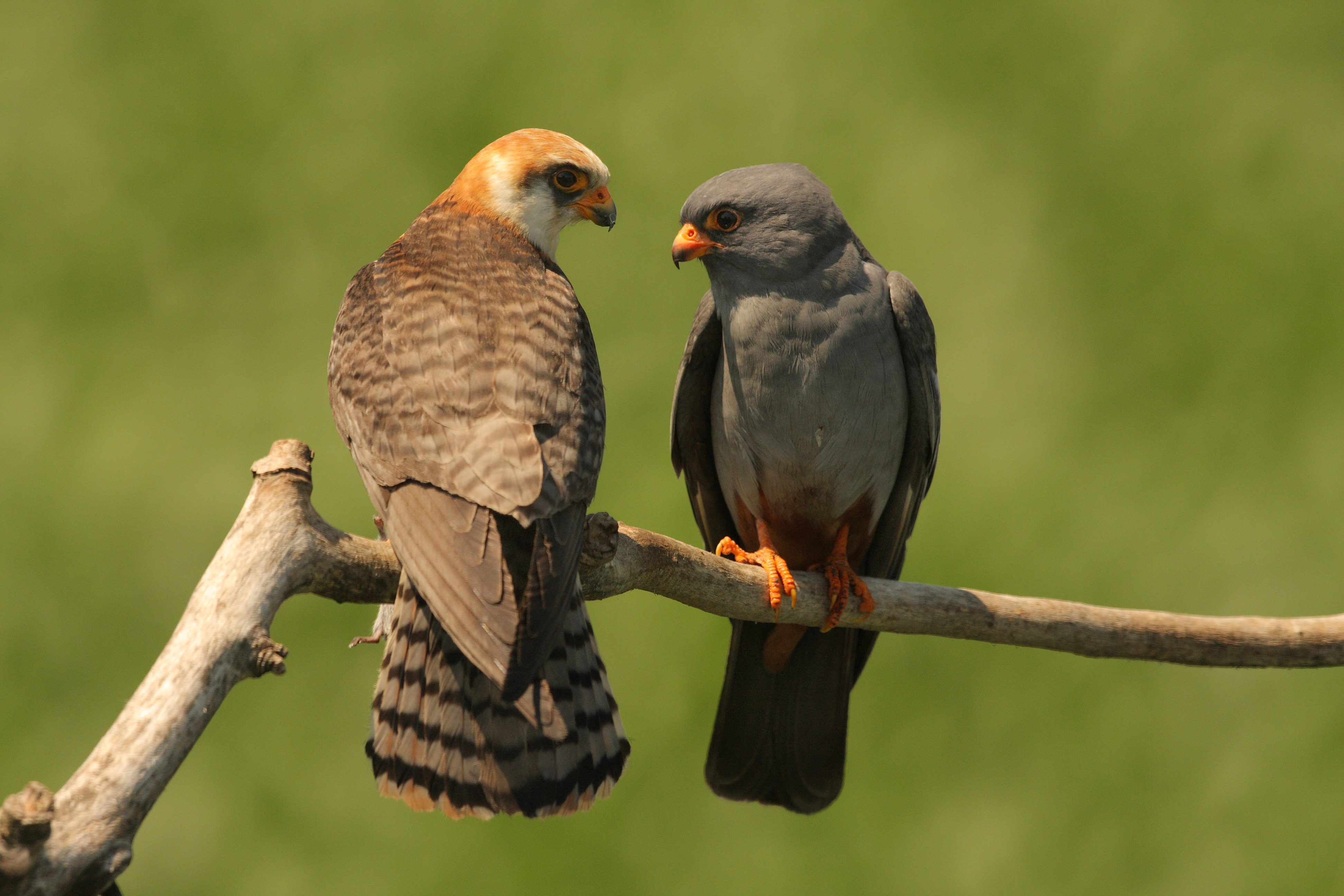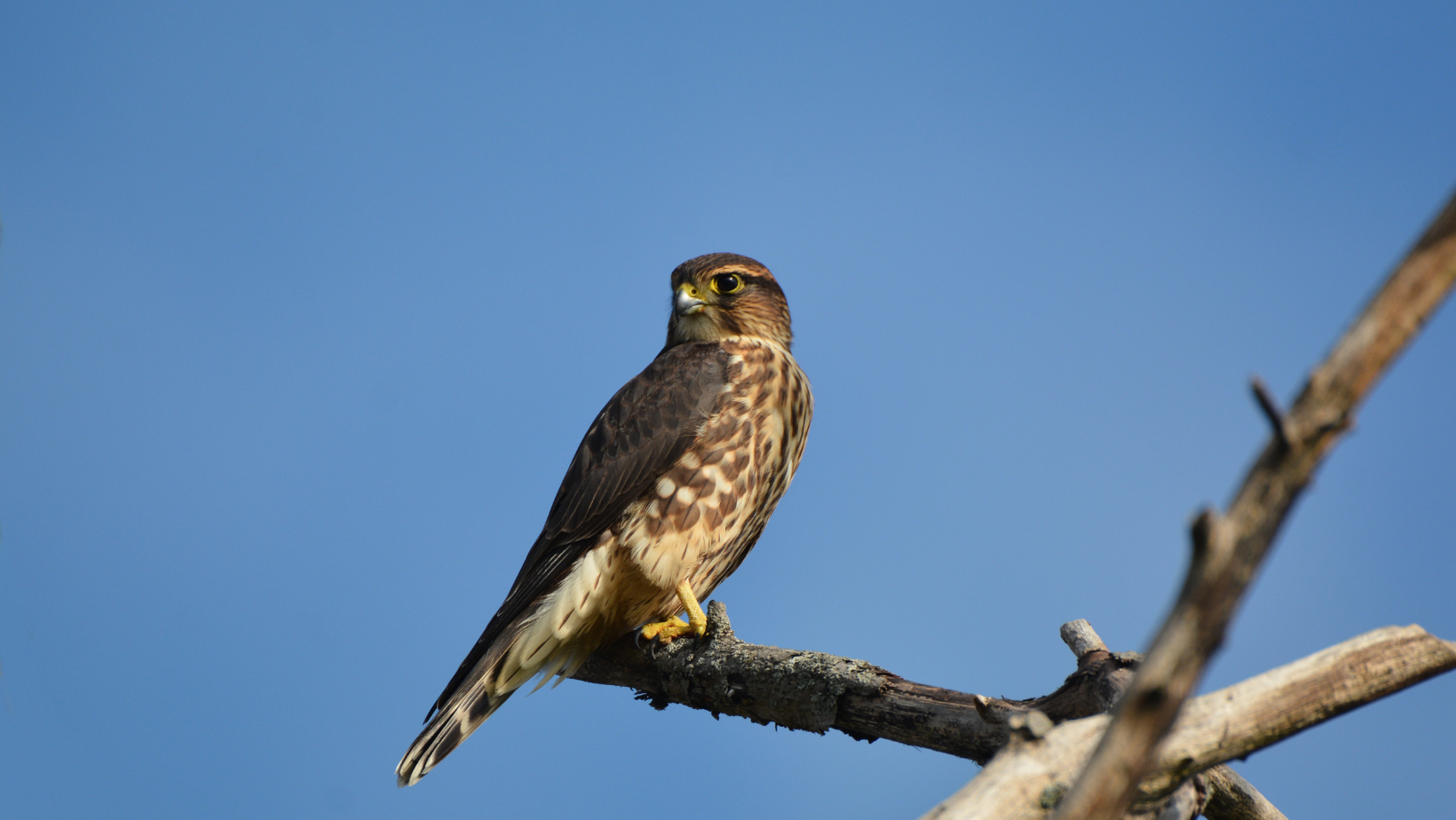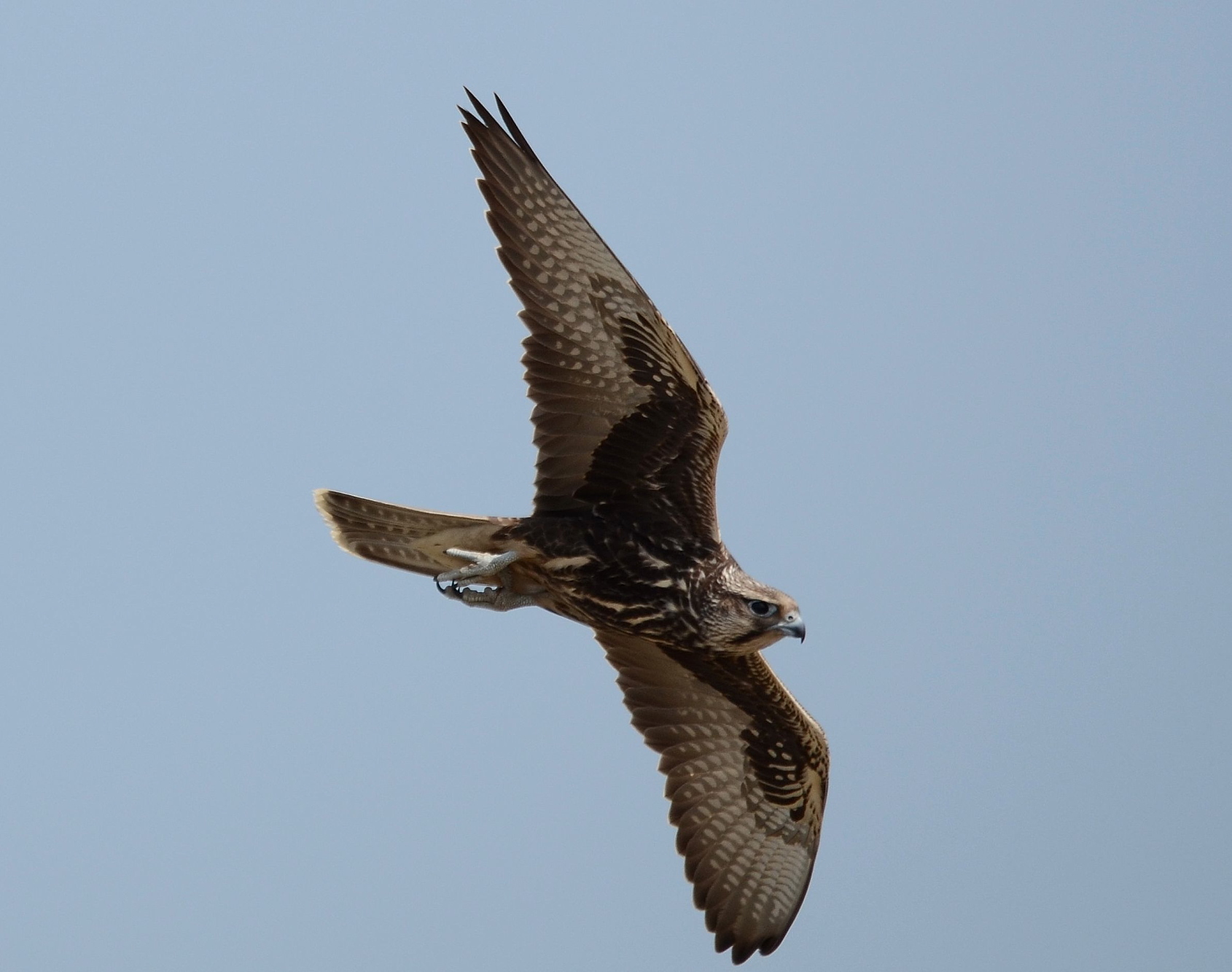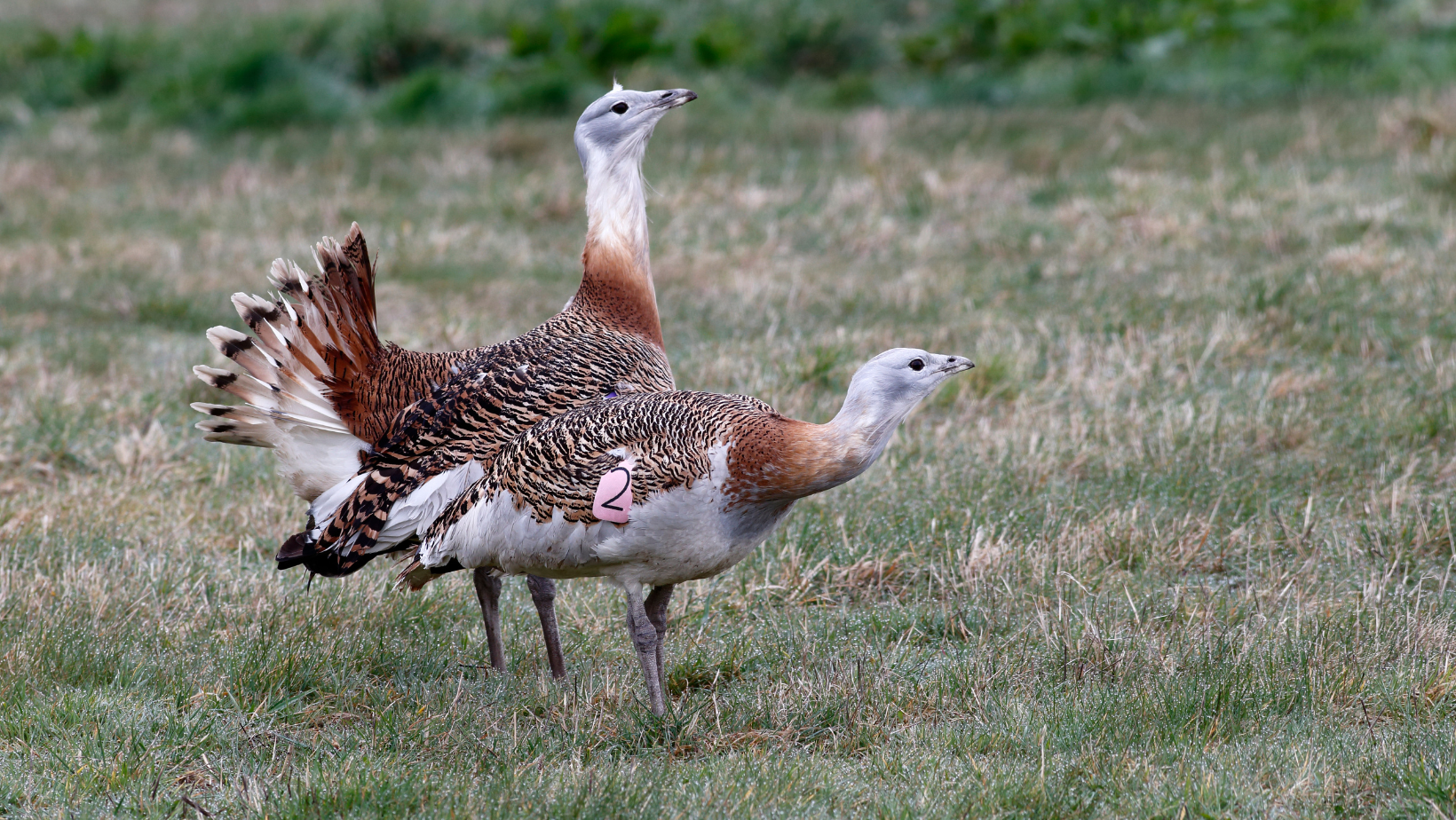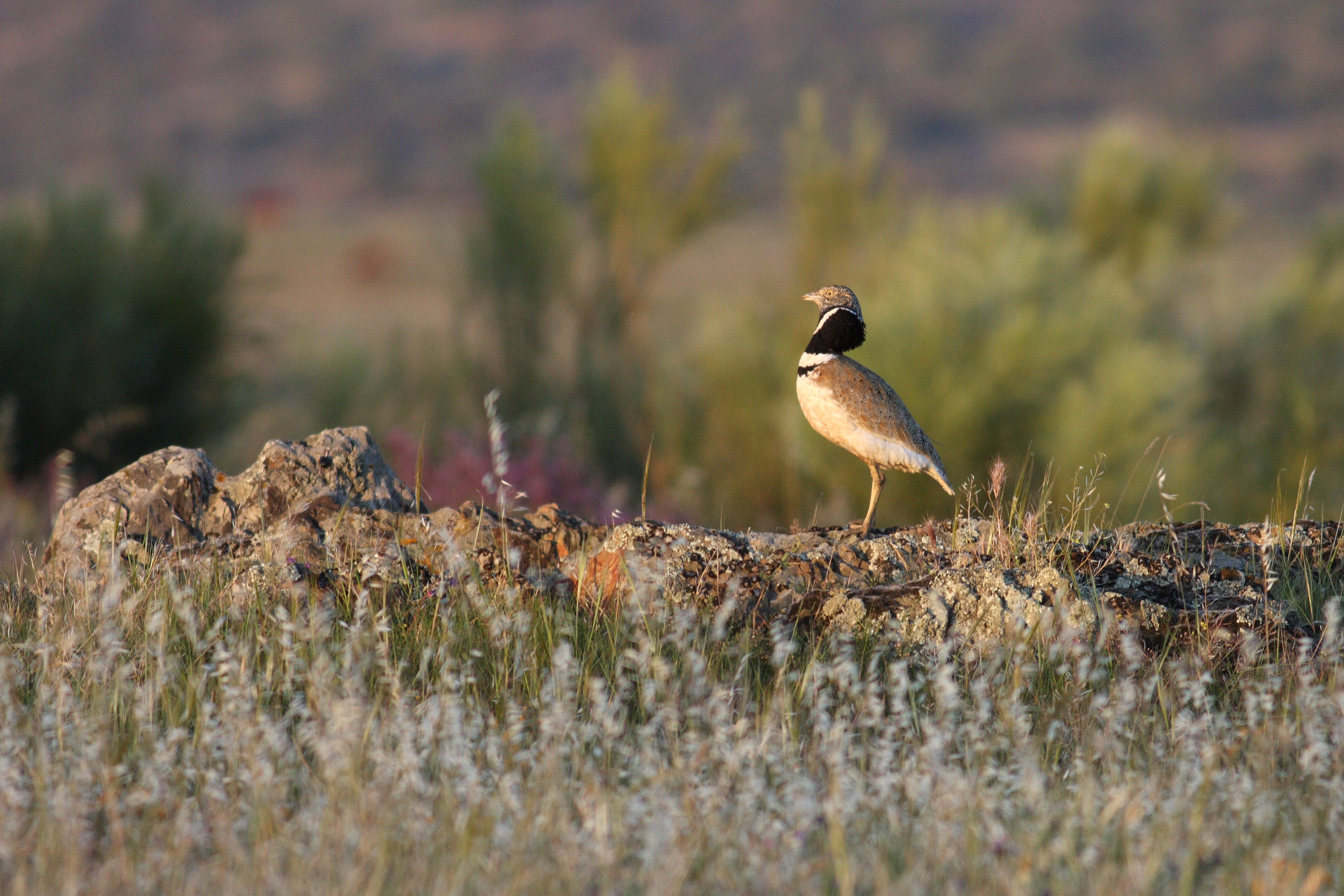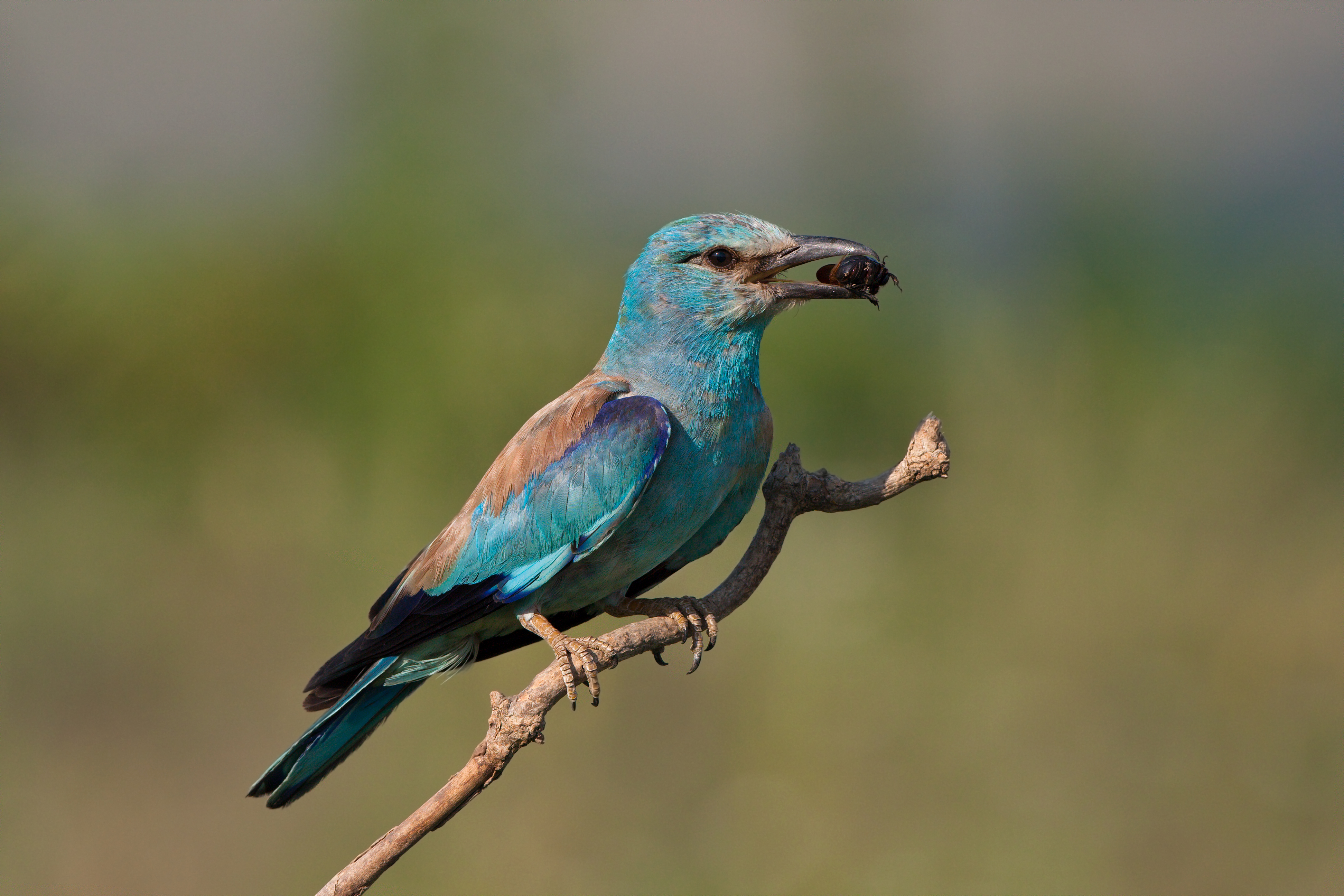Lesser White-fronted Goose (Anser erythropus)
The Lesser White-fronted Goose is the rarest and most endangered goose breeding in Europe. In Bulgaria it can only be observed during migration and in winter in mixed flocks with the Greater White-fronted Goose and the Red-breasted Goose, mainly along the Black Sea coast and in some larger wetlands in the interior of the country. It is included in the column "critically endangered species" in the Red Book and is protected by law.
Nests from the Scandinavian Peninsula to the Yamal, Taimyr and Chukotka Peninsulas. Nests singly in marshy open areas with water bodies, often near peregrine falcon or northern buzzard nests. It nests on the ground, on small dry patches or hills, in thick bushes or on rocky places in mountainous areas.
The species is herbivorous, obtaining its food (leaves of herbaceous plants) on land. In winter, it feeds along with other species of geese, mostly in winter wheat crops and on leftover corn kernels after harvest.
The main reason for the decline of the small white-fronted goose is the unregulated shooting in the wintering grounds and gathering places of the species, especially along the long migration route. Last but not least, the destruction and damage of wetlands have a detrimental effect.
